How to activate yeast in 3 easy steps
If you want to bake with confidence, learning how to activate yeast is the first step. For some reason, this terrifies about 99% of the people I know. Not just the activating, but the rising, kneading and baking that usually comes with it. But baking soft cinnamon rolls or a loaf of homemade bread won’t happen without it. This the part you don’t want to miss–let me show you how easy it is!
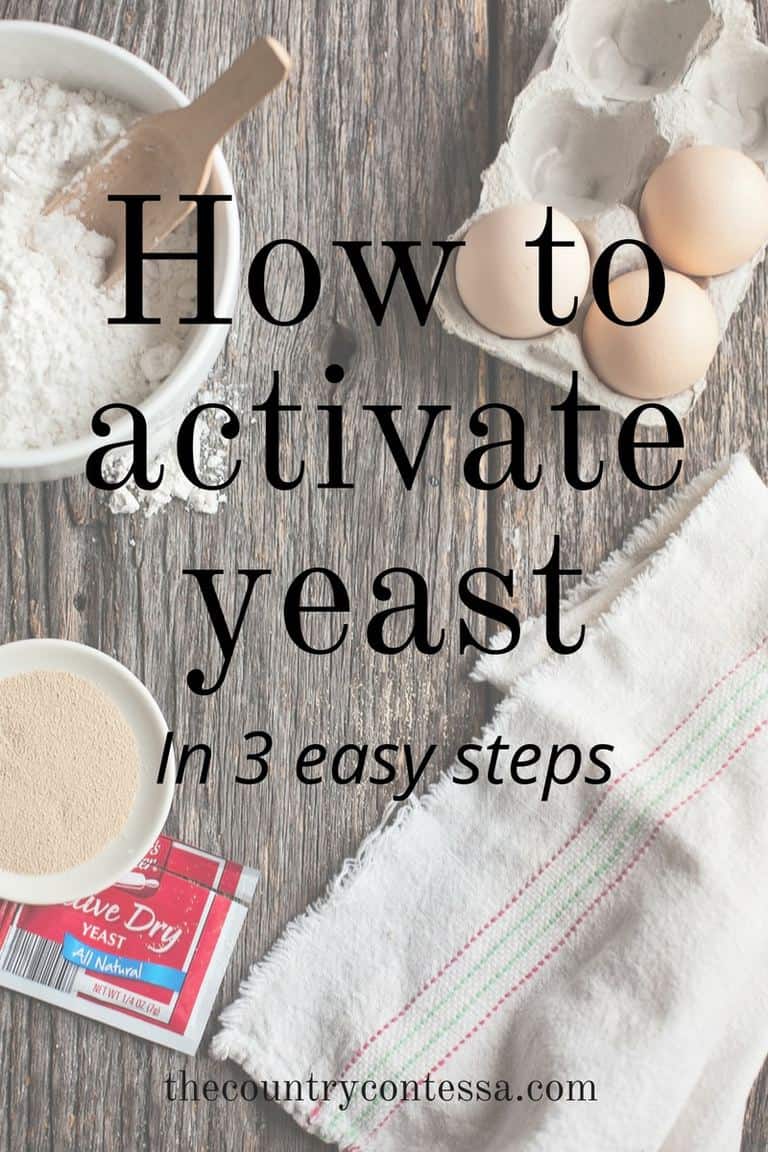
Maybe you’ve heard or lived the horror stories of trying to bake with yeast. You didn’t make bread. You made hockey pucks.
You didn’t make cinnamon rolls, you made petrified stone for your flower bed. Flat, hard, dry stuff that just didn’t do what you thought it would. What went wrong? It was something with your yeast which works as the leavening agent (the thing that makes bread rise).
There are only two things you can do to yeast: 1) not wake it up or 2) kill it. Both of which will make your bread flatter than a flitter. Because we all have absolutely no idea what a flitter is, but it sounds good.
Where do I get yeast?
You’ll find yeast in the baking aisle near the flour. It’s sold in a jar (way too much for most people to use) or in a three pack strip. Simply cut one or two packets from the strip to use as your recipe states. Each packet is about 2 1/4 teaspoons of the jarred kind.
Is there more than one kind of yeast?
Yep. You’ll probably see “fast acting” (sometimes called Rapid Rise) and regular. I just use regular. You aren’t going to save any time with the rapid rise kind really. There’s also fresh yeast, but it’s harder to find and not worth talking about right now.
Before you activate yeast
Before you properly activate your yeast with my method, do me a favor and check the expiration date on the package. Flip over the strip and make sure it’s still in date. Even if it expires that month, you should be fine. Just don’t use it if it’s out dated. It’s probably useless and there’s no point in risking in.
How to activate yeast: Step 1
This is the part that usually gets people, but it’s easy.
Yeast needs warm water to activate. How warm? Experts say about 110 degrees but who’s checking that?
Here’s how I do it: run some tap water until it’s warm. Not hot. Just warm. Now bump the faucet till you can say “Well, that’s definitely hotter than warm. Not so hot I want to wash dishes in it or anything, but hot enough.”
That’s the temperature you want. Fill your cup with the amount of water called for in the recipe (usually a cup) and sprinkle your packet of yeast over the top of the water. You don’t even need to stir it in. That’s what I did in this picture:
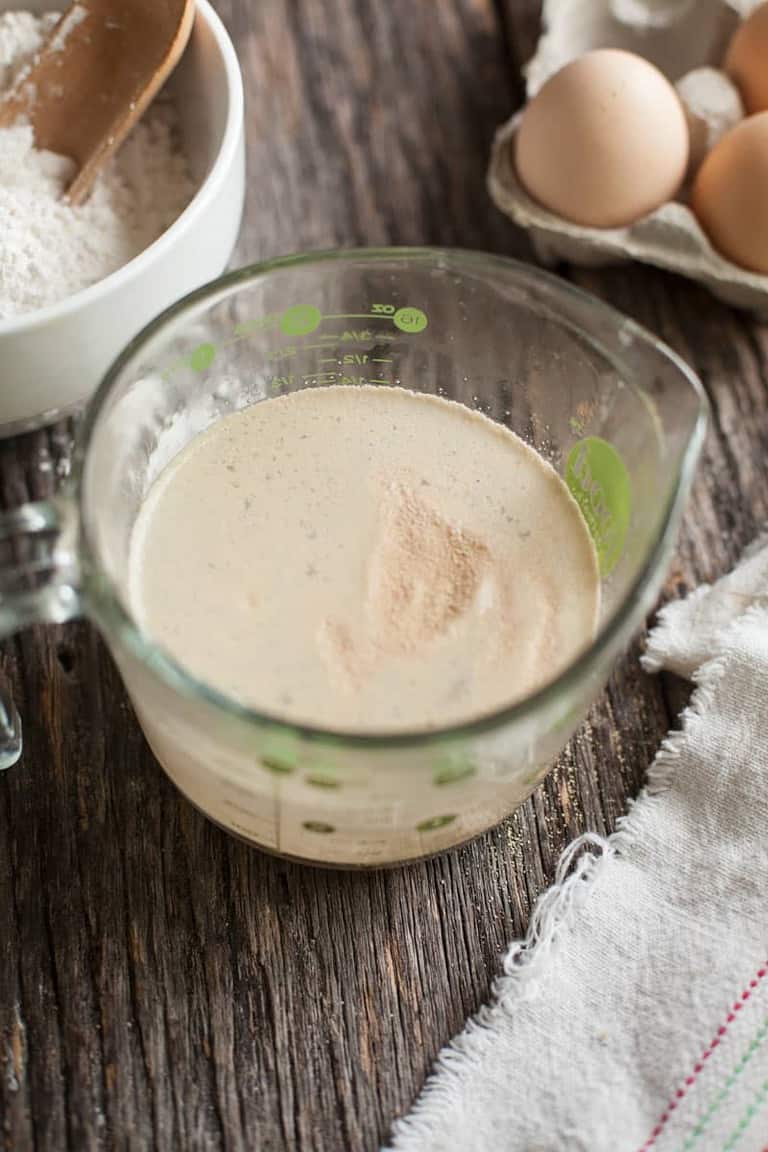
How to activate yeast step 2: Add a little sugar
Once you get the yeast on the water, add about a teaspoon of granulated sugar. Yeast is fed by sugar and this will help it multiply and activate with a little snack in its belly. Basically it speeds up the process.
Drop in the sugar and give it a stir with a spoon. After a couple of minutes it will start to look cloudy and have a little bit of foam on top. Be patient. The time is not yet! It looks like this:
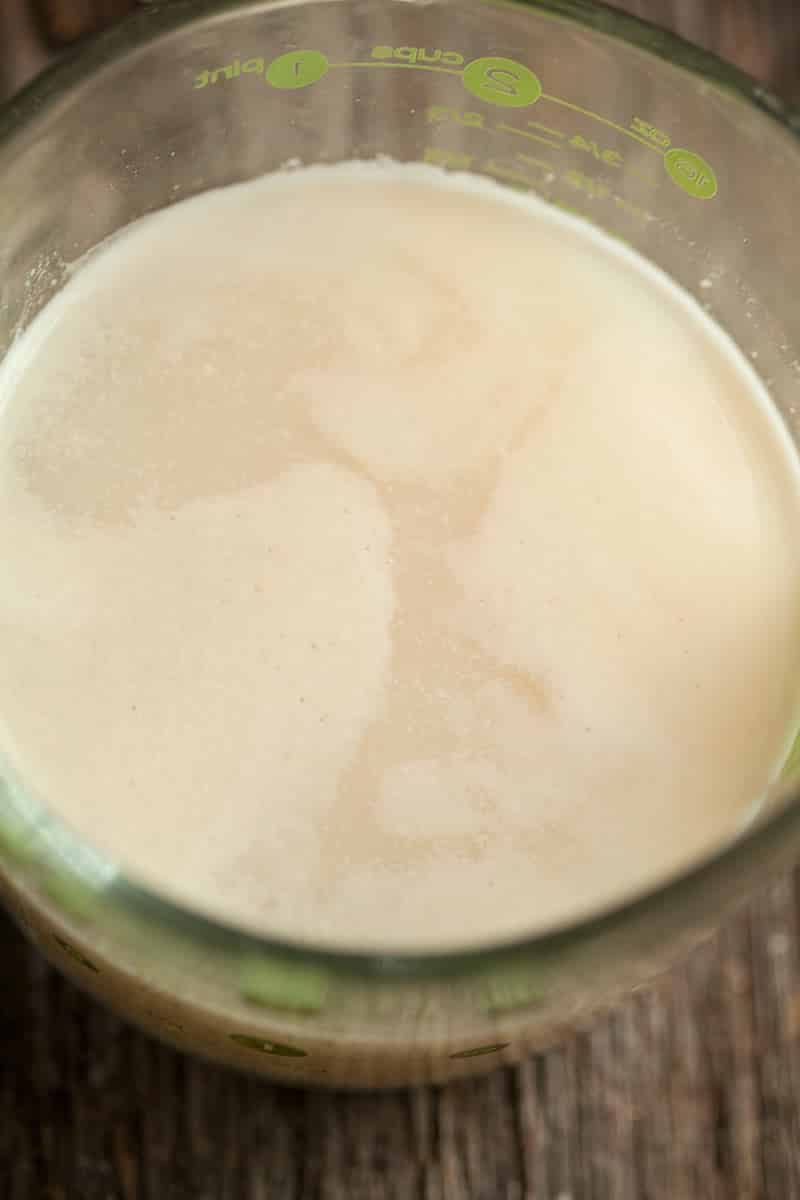
How to activate yeast step 3: Give it time
Depending on how warm your house is and how warm your water is, this step may take longer for some people. TV people say “five minutes” until your yeast starts to foam, but in my house where it’s cool right now, this step can take up to 15 minutes.
Sometimes I just stand there and watch my yeast like a nut case waiting to see something bubble to the top (and it will). When I see that, I just go ahead and throw it in my dough. But if you want to be totally sure, wait for this kind of foam or activity in the cup:
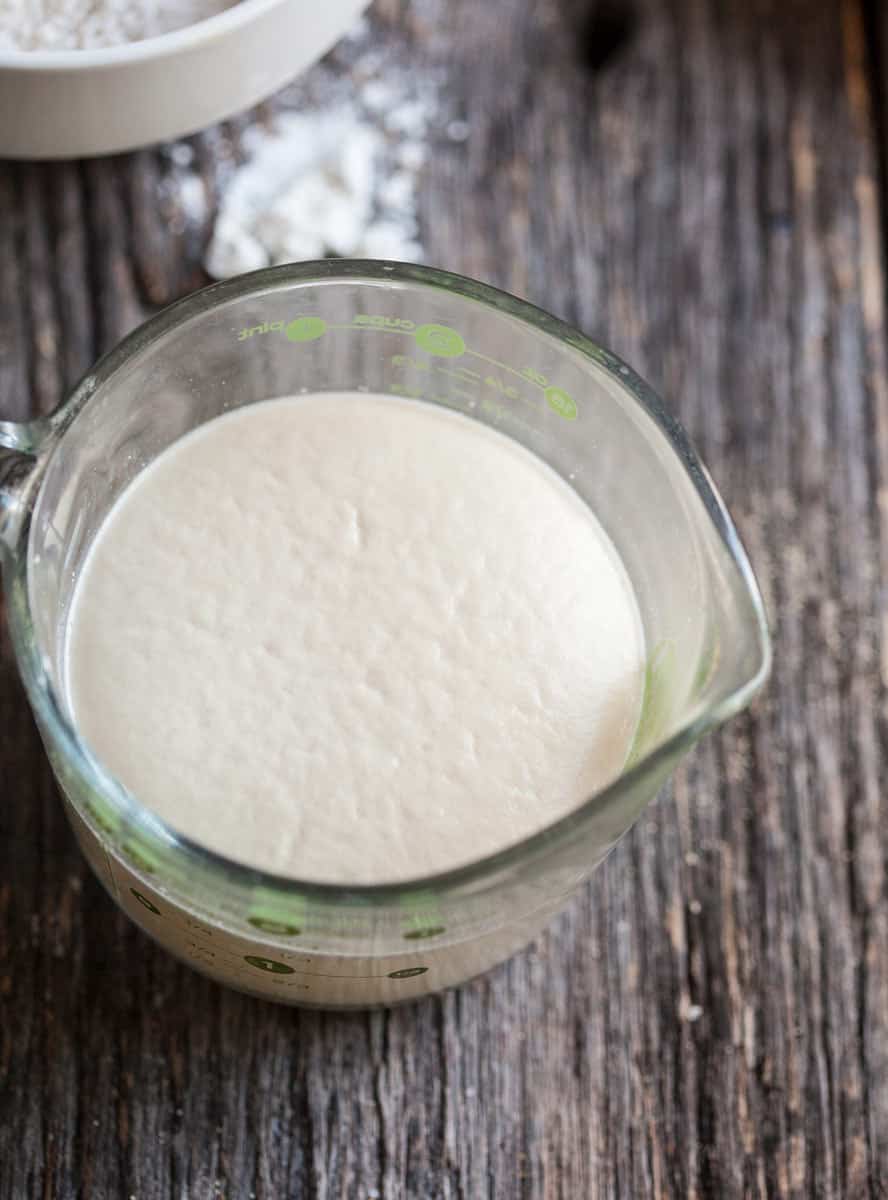
Once you see the foam, you’re ready to use your yeast in any recipe it calls for. If you DON’T see foam and you’ve been patient (given it 15 minutes or so), try again with another packet. If you made your water hot, try reducing that heat a bit and give it another try.
Just don’t go on and put it in your recipe like that. Lord knows nobody wants to waste hours baking something that is dead on arrival.
Still have questions? Watch me here:
Are you ready to bake? I knew it. 🙂
Get started with these easy recipes: Pull Apart Pumpkin Bread, Easy Yeast Rolls, or Soft Cinnamon Rolls.
Still have questions about how to activate yeast or anything on this topic? Comment below and let me know–I’m glad to help!
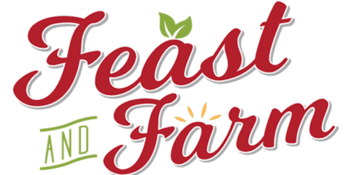
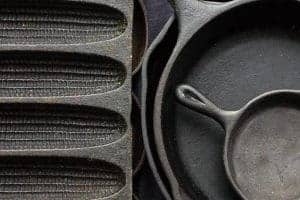



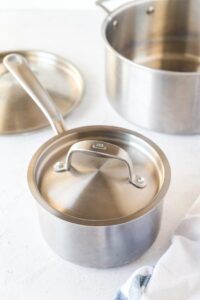
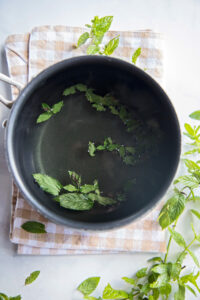
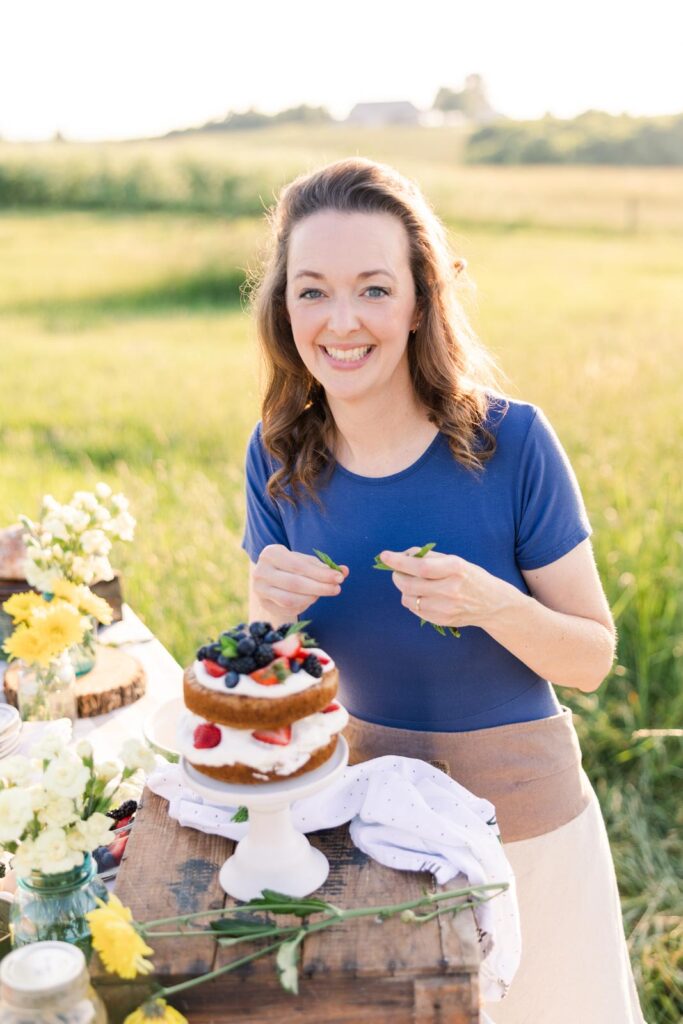
Does one need to cover the yeast to rise?
No not at all. You will want to cover your bowl once your dough is mixed so that you don’t get a skin on the dough, but just for the yeast to activate, which only takes a few minutes there’s no need.
Hello, I would like to do Japanese milk bread, which does not require water but milk. Is it still possible to activate the yeast in milk? Thanks!
Yes! Just warm the milk.
Thank you for your post! I threw out 2 batches because the yeast wouldn’t foam. Then saw your tip on feeding it sugar and it’s foaming! Thank you!
Sugar isn’t actually necessary for foaming. You likely had another issue with your yeast but I’m glad it worked out well either way. –Rachel
@Rachel Ballard, same here! I threw out a batch of the first yeast because it didn’t foam up, 2nd one didn’t either, but after adding a tsp of sugar, it woke up and started foaming after 5 min! Thank you!
Making a bottom yeast dough for German plum cake. I did get it through the activation stage. Mixed with my flour and the other ingredients. Now set aside to rise and its not going anywhere! What did i do wrong. Its been an hour!
Please help!! Thanks. Judy L
I’d have to see your recipe Judy to help. —Rachel
Im still nervous to actually bake yeast rolls, but after reading your instructions on ‘how to activate yeast’ i feel a little more confident. Thank you.
I used Rapid yeast for Amish Friendship cinnamon bread starter. It said use Active dry yeast. But I used water to dissolve the rapid INSTANT yeast. Is this going to be a problem? What will I need to do to the recipe? Reduce the amount of liquid? And why does a “quick bread” requiring no rising time, need the yeast in there anyway? For taste? I get it if I was making rolls or sandwich bread. But I make banana bread without yeast. Thank you!!
You can activate instant yeast in water and keep all the other ingredients the same. Don’t reduce the liquid as long as what you activated it in was supposed to be part of the recipe. And a quick bread should not need yeast at all. If it’s not rising, then the yeast adds absolutely nothing–not flavor because that is developed during rising, and not rise because it’s not being allowed to do so. I agree with you on that.–Rachel
Hi,
Can you use this same method for gluten free breads?
Thank you
Whitney
Yes Whitney, you sure can!
Great post! I make bread fairly regular, but I’m making a gluten free bread for a friend and the recipe calls for 2TBS of sugar to activate the yeast! Yuck! It’s not a sweet bread and my friend is from England and already thinks Americans put to much sugar in the bread (I heartily agree) so was just checking how low I can take it and your post helped! Thanks!
One thing I always say Jane is that we all do things differently depending on how we were raised and our culture. That doesn’t make one of us wrong and the other right–simply different. Glad you were able to figure out your yeast. –Rachel
Do you have to refrigerate yeast?
No sir you do not. Some people do, but it’s not necessary. Your expiration date matters more. –Rachel
Is it necessary to keep the yeast-sugar-milk mix in an airtight covering for activation?
No not at all.
when recipe says, 2 tsp yeast…is that the dry measurement before activating it, or is that 2 tsp of the activated stuff?
That’s 2 teaspoons of the dry. –Rachel